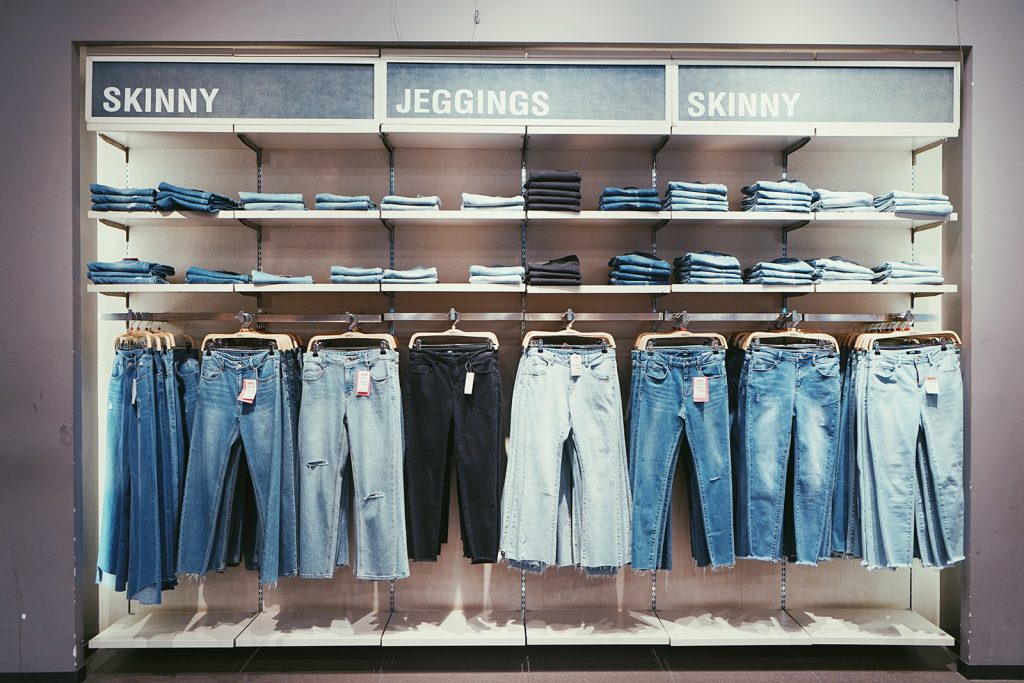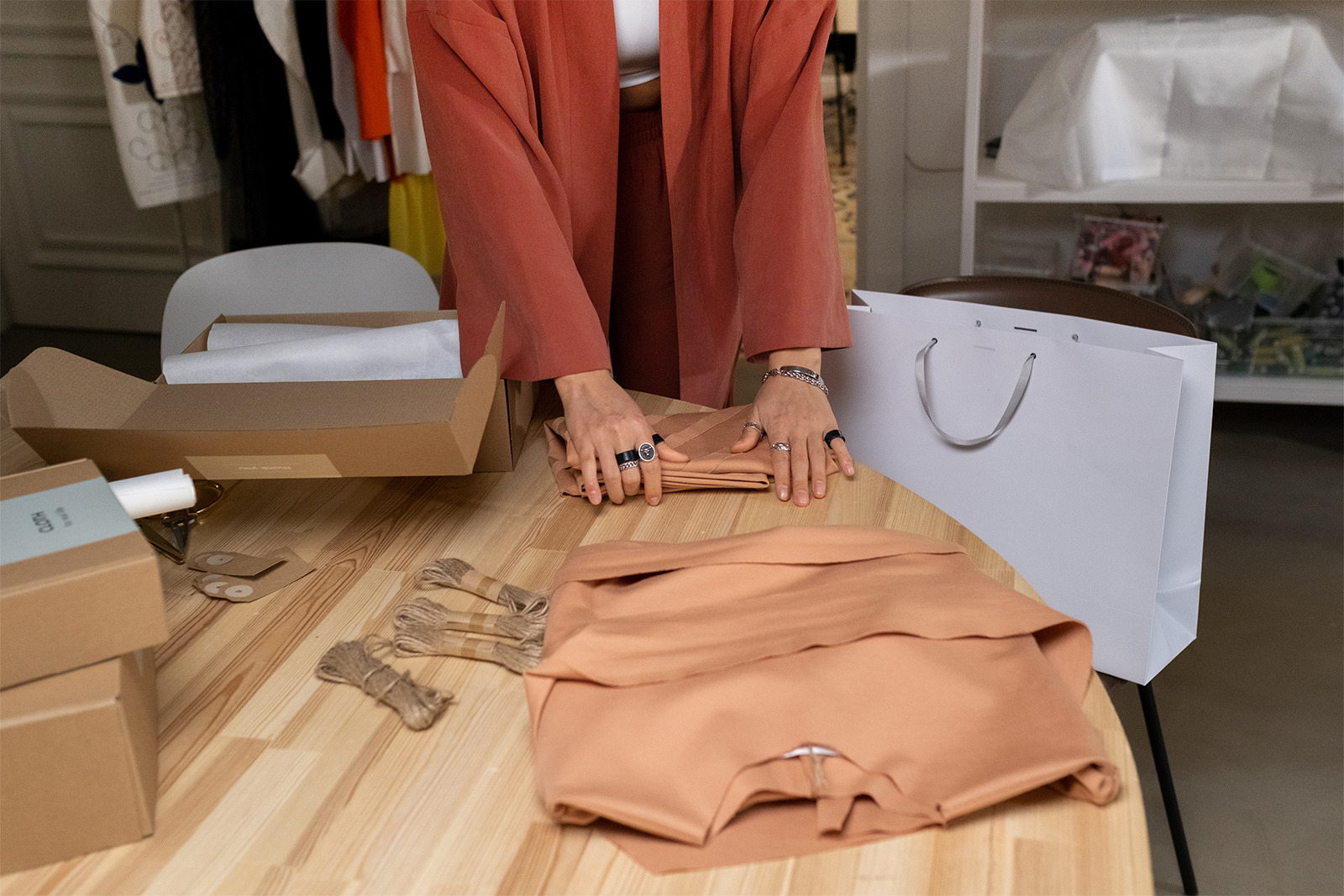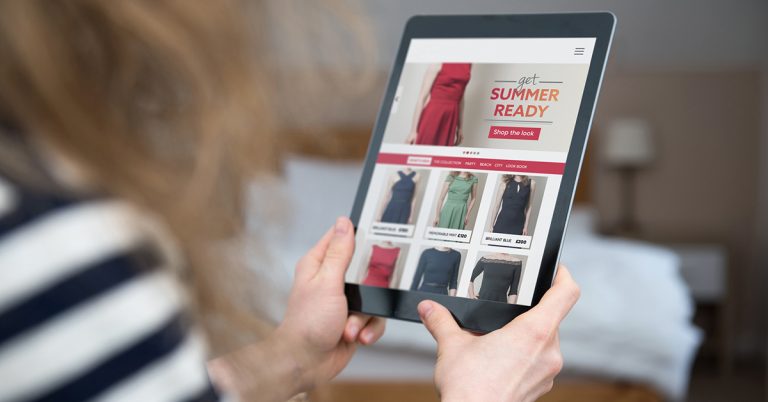Someone once said that “ignoring marketing is like opening a business but not telling anyone.” In the highly competitive eCommerce fashion world, it’s even more important to market yourself – given that it’s much harder to find an online store on a global scale. When it comes to the fashion world, it’s even harder to do without a good marketing strategy.
It doesn’t matter if you’re brand new to the fashion world or a seasoned entrepreneur, an effective marketing plan is a must for your clothing brand to succeed. If you’re in the industry, it is vital that your business is constantly looking to adapt and evolve. It can be a minefield to navigate if you’re new but here are 10 tips on to help you market yourself effectively for a profitable eCommerce fashion business:
1. Focus on visuals
More than any other industry, fashion brands depend on aesthetics to attract and keep customers. When you’re an online fashion brand, this means the photography content available on your page.
The right visual elements can help to close the gap between the physical product and your online representation of it. It is therefore necessary for fashion eCommerce stores that the quality of visuals should provide the maximum information to your shoppers. Invest in professional product photography, and provide different types of images from all angles, which can help to establish the real feel of the fabric, stitch details, style and more. Just improving the quality of your images can result in a higher conversion rate.
2. Unique and detailed product descriptions
Strategic and well thought out product descriptions can be the difference between an abandoned cart and a conversion. Your products won’t sell if your product descriptions are too vague, unclear, or does not actually reflect the product you’re selling. The modern product description is all about being able to communicate the product’s value. Each of your product descriptions should add more life and personality to the product, provide all the information your buyers would want, and add reasons to why anyone should be buying it.
3. Personalize everything
Personalization is deemed as an instrument to build a long-lasting relationship with the customer while enhancing the shopping experience. Consumers these days want their whole experience with you to be personal, as they search for ways to customize their looks and make their styles unique. They want you to know them and their preferences, and if you’re going to promote something, you want to make sure it’s something they’re interested in. Fashion brands that harness the power of personalization can create customized journeys that can lead even the most indecisive customer to the checkout point.

4. Upload latest products
Trends matter for a fashion eCommerce brand, and the best way to entice a returning customer is to offer a new line of trendy products that they may want to buy. A continuously updated inventory also signifies that your brand has something new and unique to offer. Even if you only have the same kind of inventory, try to come up with fresh photography, using new models, different accessories and styling and personalized product recommendation to make it feel brand new, and not bore returning customers.
5. Email lists
A key marketing tool that is still used by most successful online fashion brands today is email marketing. Whenever a new visitor lands on your website, a simple pop-up form can collect the email details of the customer and add them to the list of subscribers. Effective email marketing converts prospects into customers, and turns one-time buyers into repeat customers. Whether you have come up with a new product, a promotional sale, or an event, email newsletters are still the most direct and effective way to connect with your leads.
6. Engage With Your Audience
Brand loyalty begins with engagement. Constant engagement with your audience can help to improve their perception of your brand and drive further sales. Participating in social media is one quick, easy and effective way to connect with your audience these days. This could be anything from running contests on Facebook, responding quickly to messages on Twitter or showcasing new products on Instagram that highlight the values and products you have to customers.
7. Use reviews
Customer reviews have always influenced future buyers’ decision-making. It is thus necessary that you moderate all product reviews and ensure that the good ones are highlighted. The better the reviews, the more are the chances of reselling. However, you don’t want to just ignore the bad reviews too. The purpose of reviews should be to help other customers make an informed choice and not just hear good things about the brand/product. If customers see a negative review and your positive response to it, or how you address an issue, it can also help to build further trust in your brand.

8. Provide offers and discounts
We all like a good deal, and every once in a while, customers need an impetus to continue with a particular shopping brand. This best comes in the form of discounts, giveaways, offers, coupons, and the like. Whether it’s to promote a new product, fostering brand awareness, celebrating a holiday or special occasion, or simply just because, offers and giveaways are excellent ways of acquiring new customers and engaging with existing ones.
9. Connect With Influencers
Working with influencers such as fashion bloggers and vloggers who have a following that is similar to the type of customers you want can be a very effective marketing strategy. Influencers are viewed as a trusted voice by their followers and many will prefer this format to more traditional methods of marketing such as paid advertisements. They can help increase your sales by reviewing or recommending your products in an organic and natural way. If you’ve chosen the right influencer, it can lead to new customers as well as create a repeatable form of digital marketing for fashion brands.
10. SEO and Content Marketing
Content is still the king when it comes to leading in the online space. For fashion retailers, a key to success in this regard lies in fashion blogging and photography. Creating regular fashion-related articles don’t just create interesting stories but also assist in the technical aspect of website marketing involving SEO and can boost ranks on Google on targeted keywords.









